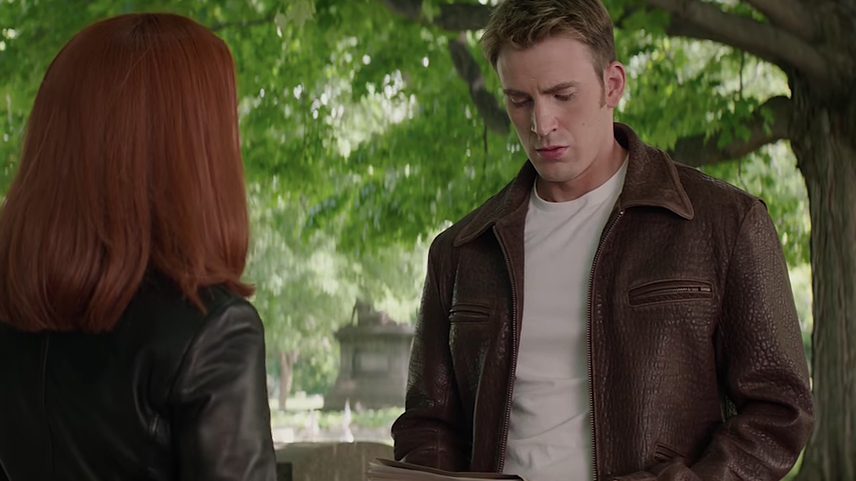Owning things carries a hidden cost. Anything. You have to store the thing, so it physically costs space. Have enough stuff and you may end up having to buy or rent more space. Then there’s maintaining or cleaning the object. There’s also an emotional and mental cost, having to consider the object in your plans.
And, like, I’m not the only one who feels guilty if she hasn’t played with her teddy bears equally, right?
I was making jam and needed to pour the boiling-hot mashed berries through a sieve, when I remembered a massive glass mixing bowl I had bought at a “Pampered Chef” party years ago. It was shaped like a measuring cup and so was perfect for pouring large volumes. Did I still have it?
I did, and that depressed me. It was dusty, at the back of the closet, untouched for probably a decade.
When I first bought this “batter bowl” at the party, I had that rush of joy that comes from a new, frivolous purchase. I was going to make SO MANY pancakes, pouring perfect circles from my bowl with no need for a ladle middle-man.
I used it, like, twice, and for the next several months, I was consumed with nagging thoughts of “I need to use that.” Slowly, over time, the thoughts subsided as I forgot I had the batter bowl, only to flare into full life again on this jam-making occasion.
I am a person who often suffers “buyer’s remorse,” but more than that, I have “buyer’s hope.”
My hope with every purchase is that the item will become one of those few, rare possessions which are a true part of my life. My teapot-shaped pin cushion, for example, which I could NOT live without, or my favorite tea mug. The Hello Kitty bicycle bell that makes crossing campus without injury possible. The comfortable shoes I wear until they fall completely apart.
It seems to me, these are the only purchases worth having. So maybe my problem isn’t buyer’s remorse so much as not having enough caution about buying, in general.
According to governing.com, in 2018 there were more than 23 million storage units in the United States, one for every 14 Americans, who spend an average of $91.14 a month just to store their stuff — more than the rent on my first apartment. (Yes, it was a very bad apartment.) This is a growth of SEVEN TIMES since 1984.
I recently went to a storage facility to help a friend move. This was a unit she rented just for this occasion, a temporary swap-space for stuff as she arranged her mother’s move into assisted living. There’s nothing wrong with storage spaces, themselves, and my friend absolutely needed this temporary garage for stuff while selling one house and searching for another.
But I know, for a lot of people, these storage lockers are not temporary. They are albatrosses around their necks. I found myself thinking of another time I helped a friend move, out of two storage spaces crammed full, and most of the stuff went straight into the dumpster. The rest? Into a new storage space!
Sob.
You rent the storage space with the best intentions of it being temporary. Until a larger house is found, say, or until the kids move out… Affordable housing is not found, and the options are to give up on your possessions or keep paying rent. Most people choose to hang on to possessions as long as they can. Surely they are worth something? Maybe they will sell them, some day… but selling takes time, effort, and doesn’t always work.l
Possessions cling to you. That’s another cost of ownership.
I want to own less. I’ve been on something of a cleaning kick lately. (I cleaned the garage!) It’s amazing how many possessions we have that collect dust.
To avoid this, I’m reminding myself, as I shop, of the total cost of ownership. Yes, this new teddy bear is cute, but where will he sit? What will I do with him, on a weekly or monthly basis? If I can’t answer that, the teddy bear is more a burden than a joy. I can get the same joy from showing the cute thing to my husband, once, and putting him back on the shelf.
All ownership is temporary. On a geologic scale, I have “owned” Stan Hewet mansion as long as the Goodyear family, because I have wandered through it a few times.
Let’s face it: the modern American lifestyle is not sustainable. I see possessions standing in for love, for feelings, for therapy. Materials and energy going into clothes that end up dumped in the desert with tags still on.
I want to dispossess myself. If we’re to have a sustainable, green future, it doesn’t just mean recycling and re-using, it also means reducing. Fewer clothes you actually enjoy wearing, fewer shoes that are comfortable, fewer extras.
Think of the things that don’t carry a cost that we can fill the space with? Togetherness. Nature. Quiet contemplation.


